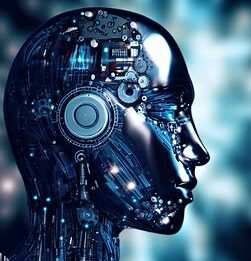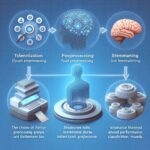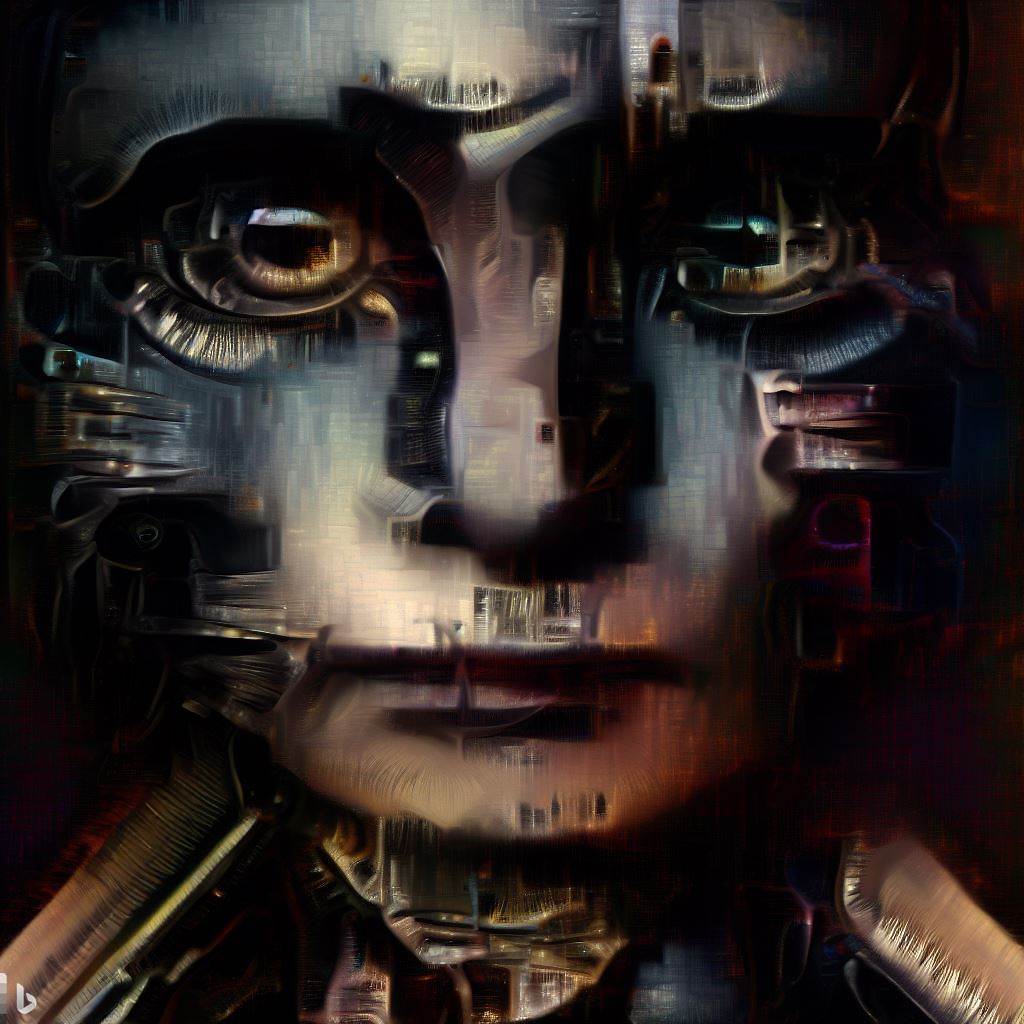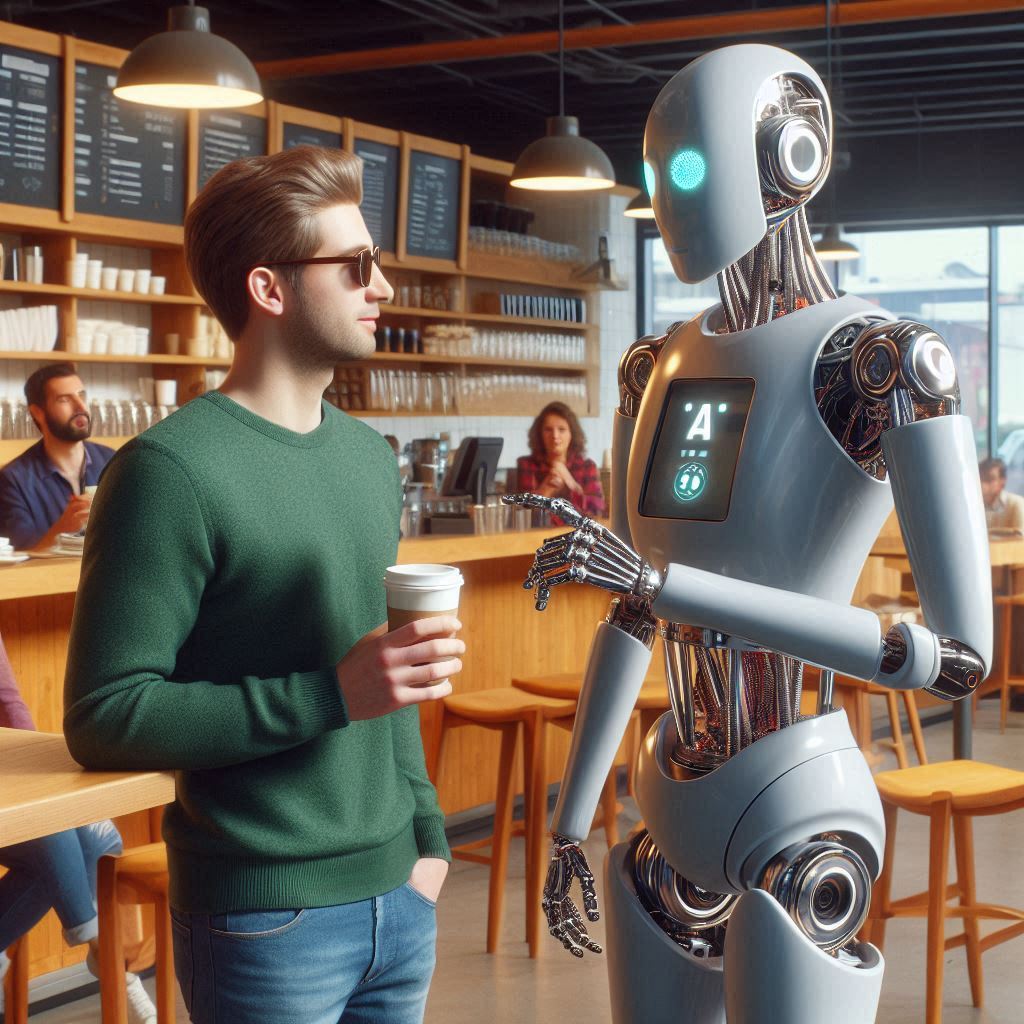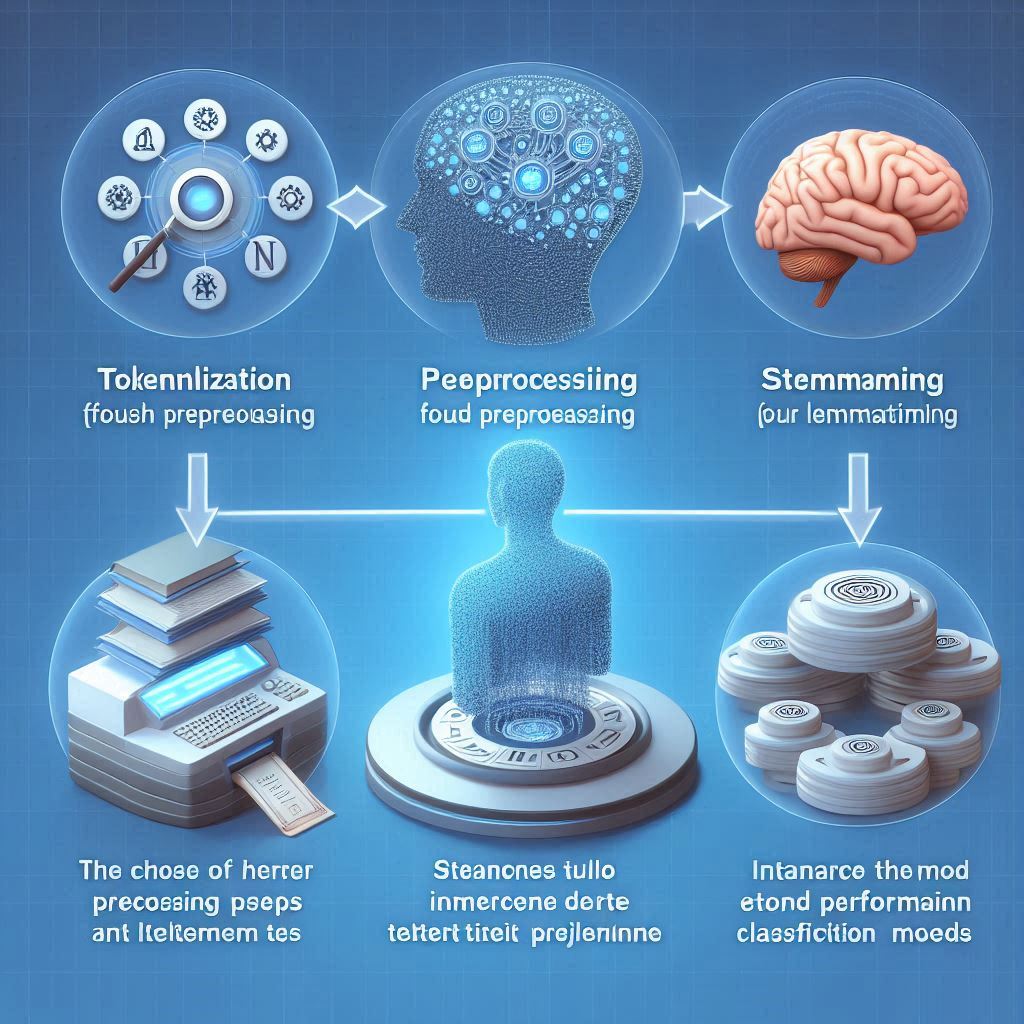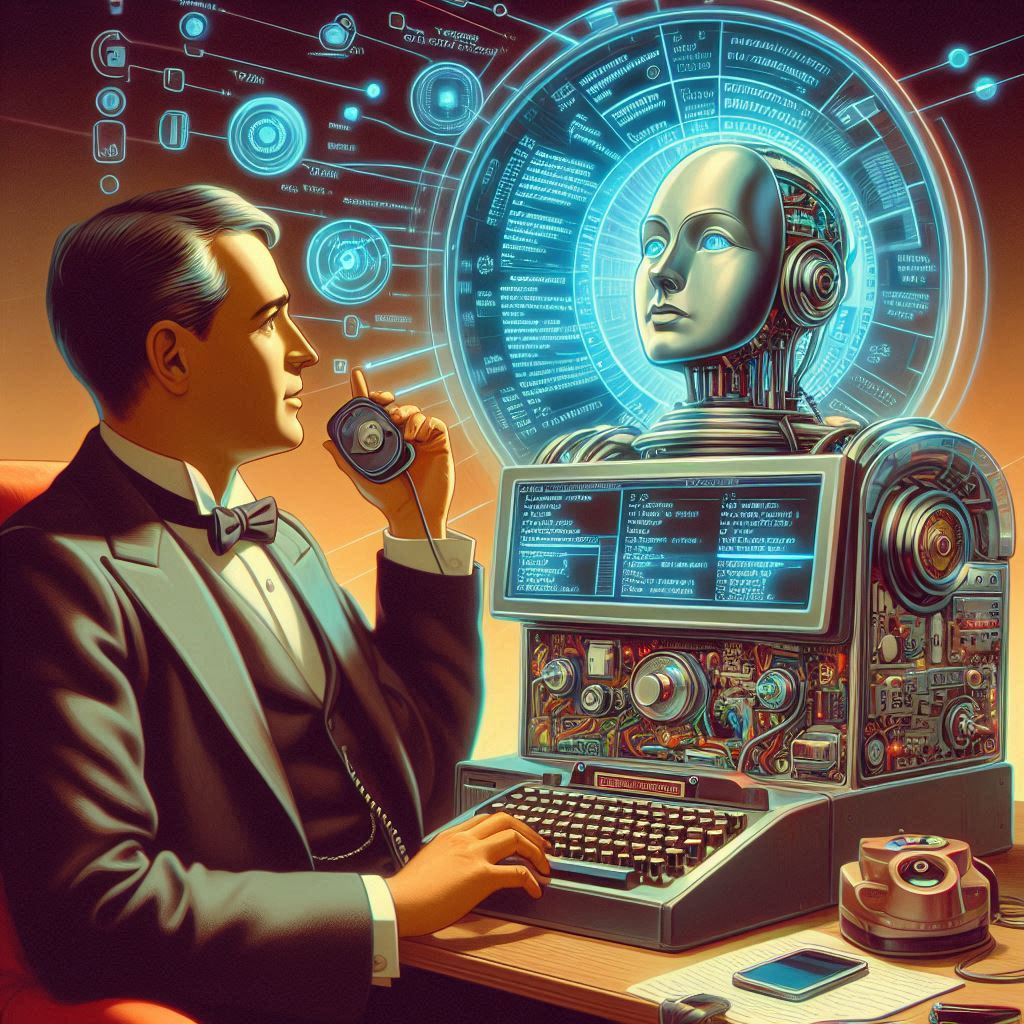ChatGPT: A Beneath the Surface Look
ChatGPT, also known as Chat Generative Pre-trained Transformer, is a natural language processing (NLP) tool that enables the building of conversational AI applications. ChatGPT combines the power of a large transformer-based language model with a deep learning framework to create a conversational AI that can accurately respond to questions and statements. In this article, we’ll explore the shadowy depths of ChatGPT, taking a deep look beneath the surface to understand how this technology works, its applications, challenges, and future potential.
Overview of ChatGPT
ChatGPT is a novel NLP tool developed by Microsoft and OpenAI that uses a large transformer-based language model to generate human-like responses to natural language queries. The technology combines two machine learning models, OpenAI’s GPT-3 (Generative Pre-trained Transformer) and Microsoft’s DialoGPT (Deep Interactive and Learned Generative Pre-trained Transformer). These models were pre-trained on large datasets of written conversations, allowing ChatGPT to generate human-like responses that are highly relevant to the input.
The Goal of the Article
The goal of this article is to provide an in-depth exploration of ChatGPT, including its history, technical details, how it works, applications, challenges, and potential future applications. We’ll look at how ChatGPT combines two powerful machine learning models to generate human-like responses to natural language queries, as well as explore its potential applications and discuss potential risks.
Background
History of ChatGPT
ChatGPT was announced in late 2019 by Microsoft and OpenAI as an improved version of the DialoGPT chatbot. DialoGPT was released in February 2019 and was the first major open-source chatbot that could accurately generate human-like responses to natural language queries. DialoGPT was based on OpenAI’s GPT-2 language model, which can generate human-like responses to natural language queries with a high degree of accuracy. However, ChatGPT takes this a step further by combining both GPT-2 and DialoGPT to create a more powerful chatbot.
Technical Details
ChatGPT is a natural language processing (NLP) tool that combines two powerful machine learning models, OpenAI’s GPT-3 (Generative Pre-trained Transformer) and Microsoft’s DialoGPT (Deep Interactive and Learned Generative Pre-trained Transformer). GPT-3 is a large transformer-based language model that was pre-trained on a large dataset of written conversations. DialoGPT is a deep learning framework that was pre-trained on a large dataset of human-written conversations. Both of these models are combined together to create ChatGPT, a powerful conversational AI that can generate human-like responses to natural language queries with a high degree of accuracy.
How ChatGPT Works
Pre-processing
Before ChatGPT can respond to a given query, it has to pre-process the input. This involves tokenizing the input into individual words, then identifying the syntactic structure of the sentence. After this, the words are converted into numerical representations that can be used by the machine learning models.
Generating Responses
Once the input has been pre-processed, ChatGPT uses two machine learning models to generate a response. First, GPT-3 is used to generate an initial response based on the input. This response is then evaluated by DialoGPT, which uses a deep learning framework to generate a final, human-like response to the query.
Applications
Chatbot Use Cases
ChatGPT can be used to create powerful chatbots that can respond to natural language queries with a high degree of accuracy. These chatbots can be used in a variety of applications, including customer service, e-commerce, and virtual assistants. ChatGPT can also be used to create conversational AI for entertainment applications, such as interactive virtual characters, games, and virtual worlds.
Integrating with other ML Models
ChatGPT can also be used to create conversational AI that can be integrated with other machine learning models. For example, ChatGPT can be used to create virtual assistants that can respond to natural language queries as well as integrate with other models to provide more detailed information or perform tasks.
Challenges
Limitations and Potential Risks
Despite its power, ChatGPT has some limitations. It is not always able to understand the context of a conversation, which can lead to inaccurate or unexpected responses. Additionally, since ChatGPT is trained on large datasets of written conversations, there is a risk that it could produce responses with bias or offensive language.
Data Privacy
As with all AI applications, there is also a risk of data privacy. Large datasets used to train ChatGPT may contain sensitive information that could be misused if not properly managed. Additionally, ChatGPT enables the building of chatbots that can collect data about users, which could lead to issues of data privacy if not properly monitored.
Conclusion
ChatGPT is a powerful tool for building conversational AI applications that can accurately respond to natural language queries. In this article, we’ve explored the shadowy depths of ChatGPT, taking a deep look beneath the surface to understand how this technology works, its applications, challenges, and future potential. We’ve seen that ChatGPT is capable of generating human-like responses to natural language queries, but it has some limitations and potential risks. With the right safeguards in place, however, ChatGPT can be a powerful tool for a range of applications, from customer service to virtual assistants and beyond.
